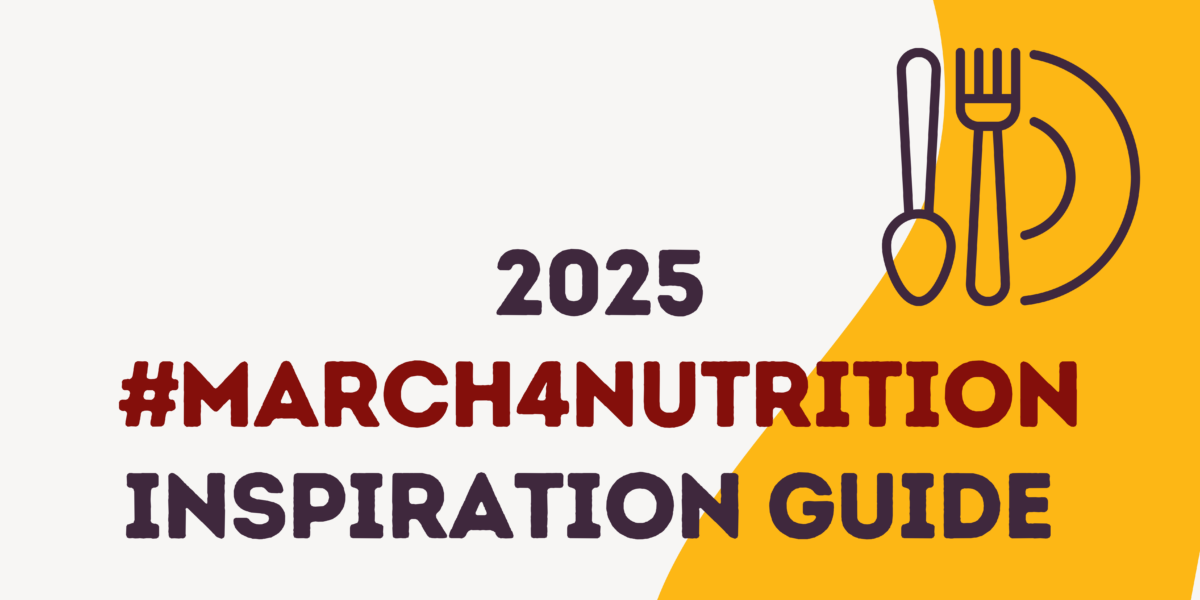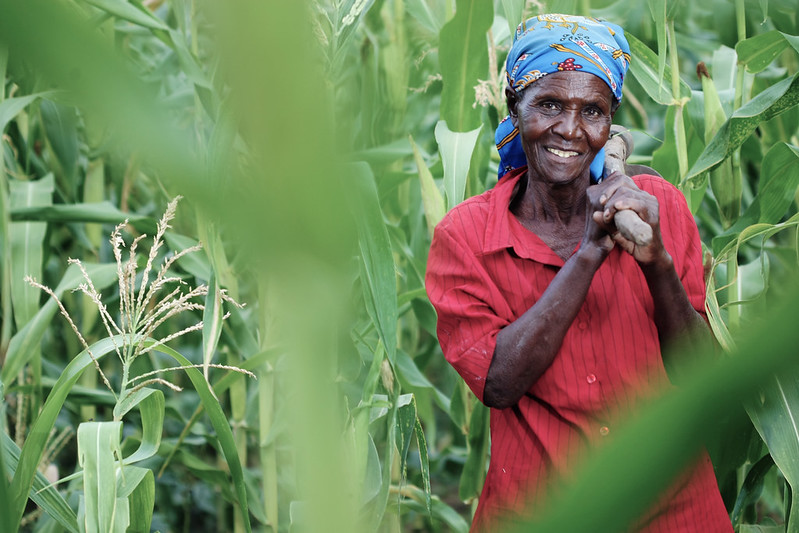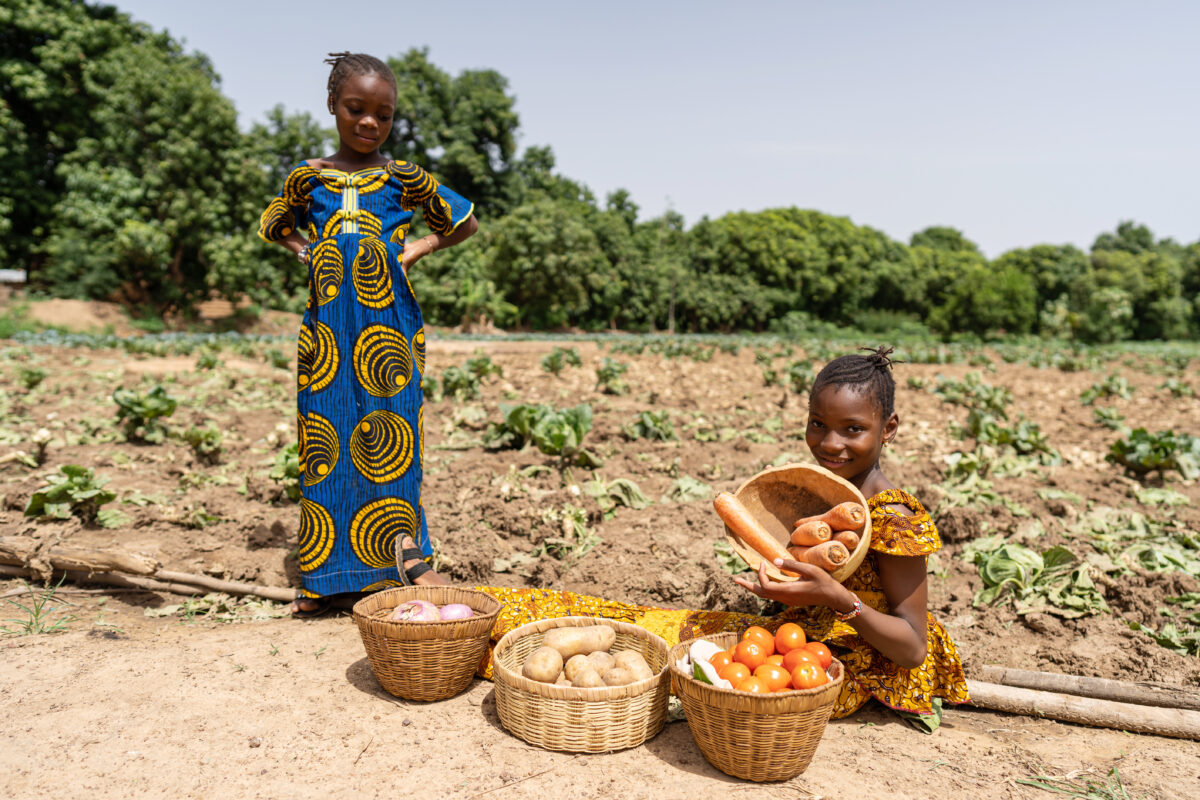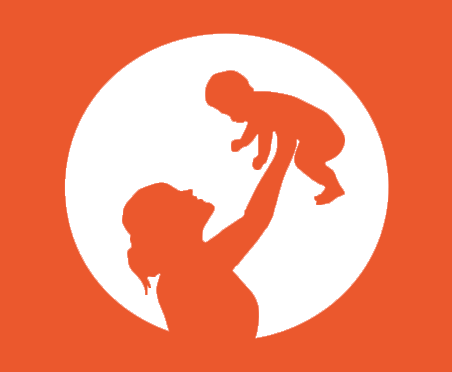As we kick off the 2023 Children’s Week, we feel a mixture of excitement for the opportunities to improve children’s nutrition and concern about policy and funding proposals that undo progress to protect the health and wellbeing of children and their families in their 1,000-day window.
The nutrition that people receive leading up to and throughout their pregnancy, as well as the nutrition their babies receive in the earliest years of life, has a profound impact on a child’s ability to grow, learn, and thrive. In honor of Children’s Week, 1,000 Days is highlighting some legislation that we support focused on children, mothers, and birthing people. It is our hope that with these bills enacted, moms, babies, and their families will receive the support and resources they need to begin to build a healthier future.
The Wise Investment in Children Act of 2023 (WIC Act of 2023) (H.R.3364/S.1604) expands eligibility to receive benefits under the Special Supplemental Nutrition Program for Women, Infants, and Children (WIC). This would extend the certification period for infants to up to two years and increases the certification time under the program for postpartum women to a period of up to two years.
Modern WIC Act of 2023 (H.R.2424/S.984) would build on lessons learned during the pandemic and modernize WIC to allow remote access. The remote flexibility implemented during the public emergency contributed to a 12% increase in child participation since 2020.
WIC Healthy Beginnings Act (H.R.3151/S.974) requires USDA to make information on infant formula procurement under WIC publicly available. This increases transparency and promotes competition within the sole-supplier model.
Black Maternal Health Momnibus Act (H.R.3305/S.1606) will address the maternal mortality crisis in the U.S. through historic investments that comprehensively address every driver of maternal mortality, morbidity, and disparities in the United States. The Momnibus Act includes twelve individual bills that among other actions will make critical investments in social determinants of health that influence maternal health outcomes, like housing, transportation, and nutrition and extend WIC eligibility in the postpartum and breastfeeding periods.
The Family Act (H.R.3481) would provide employees a family and medical leave insurance monthly benefit payment of two-thirds of the employee’s regular pay, limited to a maximum of $4,000, for no more than 60 days of qualified caregiving. The bill also established the Office of Paid Family and Medical Leave within the Social Security Administration.
No Surprise Bills for New Moms Act (H.R.3387) would automatically cover newborns with health insurance for the first 30 days and create a standard for enrollment after that period. It eliminates confusion for new parents by establishing a uniform 60-day enrollment period after that first month. The bill would also have all health plans and insurers notify parents if they receive a bill for an uncovered newborn.
We also continue to remain focused and engaged in the appropriations process for FY2024. Non-defense discretionary programs, which disproportionately serve young children, families, and those most in need across the country, will face the brunt of spending caps and cuts. We must protect programs that support children and families and build off the recent successful increased investments in the first 1,000 days. In doing so, we are letting our children and our nation’s future the opportunity to thrive. How well or how poorly mothers and children are nourished and cared for during the 1,000-day window has a profound impact on a child’s ability to grow, learn and thrive.











